Balade de 2 heures non disponible du 10 décembre au 1er janvier
Cette excitante balade en calèche privée regorge de sites magnifiques, de monuments historiques et de faits amusants sur la longue histoire de Nashville. Du centre-ville de Nashville avec tous ses sites et sons au Bicentennial Mall State Park, qui s'inspire du National Mall à Washington, D.C.
Promenade inversée privée, appelez pour planifier votre trajet
Prise en charge et retour à 100 Broadway centre-ville de Nashville uniquement
** Les sites peuvent être modifiés en raison des conditions de circulation ou des problèmes de la ville en raison du détournement des itinéraires par la police pour des raisons de construction.
La ville de New York
Explorer
 Expériences uniques
Expériences uniques
 Services de voyage et de transport
Services de voyage et de transport
 Tours, visites et croisières
Tours, visites et croisières
 Billets et laissez-passer
Billets et laissez-passer
 Billets et laissez-passer pour événements sportifs
Billets et laissez-passer pour événements sportifs
 Petit groupe
Petit groupe
 Occasions saisonnières et spéciales
Occasions saisonnières et spéciales
 Mesures d'assainissement appliquées
Mesures d'assainissement appliquées
 Activités extérieures
Activités extérieures
 Susceptible de se vendre
Susceptible de se vendre
 Visites amicales LGBT
Visites amicales LGBT
 Accueille les enfants
Accueille les enfants
 Implique des animaux
Implique des animaux
 Bon pour éviter les foules
Bon pour éviter les foules
 Nourriture boisson
Nourriture boisson
 Excellente qualité
Excellente qualité
 Cours & Ateliers
Cours & Ateliers
 Meilleure conversion
Meilleure conversion
 Audioguides
Audioguides
 Art & Culture
Art & Culture
 Viateur Plus
Viateur Plus
 Sustainable Tours
Sustainable Tours
 Limousine Transfers
Limousine Transfers
 Donut Walking Tour
Donut Walking Tour
 Virtual Experiences
Virtual Experiences
 Additional fees
Additional fees
 DSA non-compliant
DSA non-compliant
 Expériences uniques
Expériences uniques
 Services de voyage et de transport
Services de voyage et de transport
 Tours, visites et croisières
Tours, visites et croisières
 Billets et laissez-passer
Billets et laissez-passer
 Billets et laissez-passer pour événements sportifs
Billets et laissez-passer pour événements sportifs
 Petit groupe
Petit groupe
 Occasions saisonnières et spéciales
Occasions saisonnières et spéciales
 Mesures d'assainissement appliquées
Mesures d'assainissement appliquées
 Activités extérieures
Activités extérieures
 Susceptible de se vendre
Susceptible de se vendre
 Visites amicales LGBT
Visites amicales LGBT
 Accueille les enfants
Accueille les enfants
 Implique des animaux
Implique des animaux
 Bon pour éviter les foules
Bon pour éviter les foules
 Nourriture boisson
Nourriture boisson
 Excellente qualité
Excellente qualité
 Cours & Ateliers
Cours & Ateliers
 Meilleure conversion
Meilleure conversion
 Audioguides
Audioguides
 Art & Culture
Art & Culture
 Viateur Plus
Viateur Plus
 Sustainable Tours
Sustainable Tours
 Limousine Transfers
Limousine Transfers
 Donut Walking Tour
Donut Walking Tour
 Virtual Experiences
Virtual Experiences
 Additional fees
Additional fees
 DSA non-compliant
DSA non-compliant




 fr
fr
 English
English
 Russian
Russian
 Polish
Polish
 Ukrainian
Ukrainian
 Serbian
Serbian








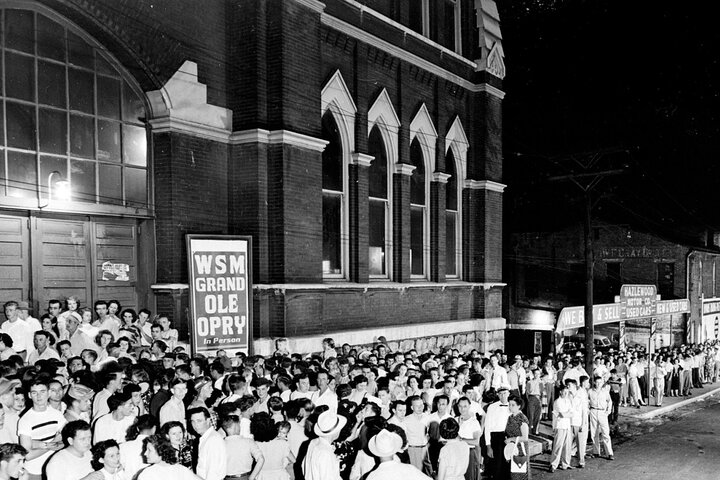








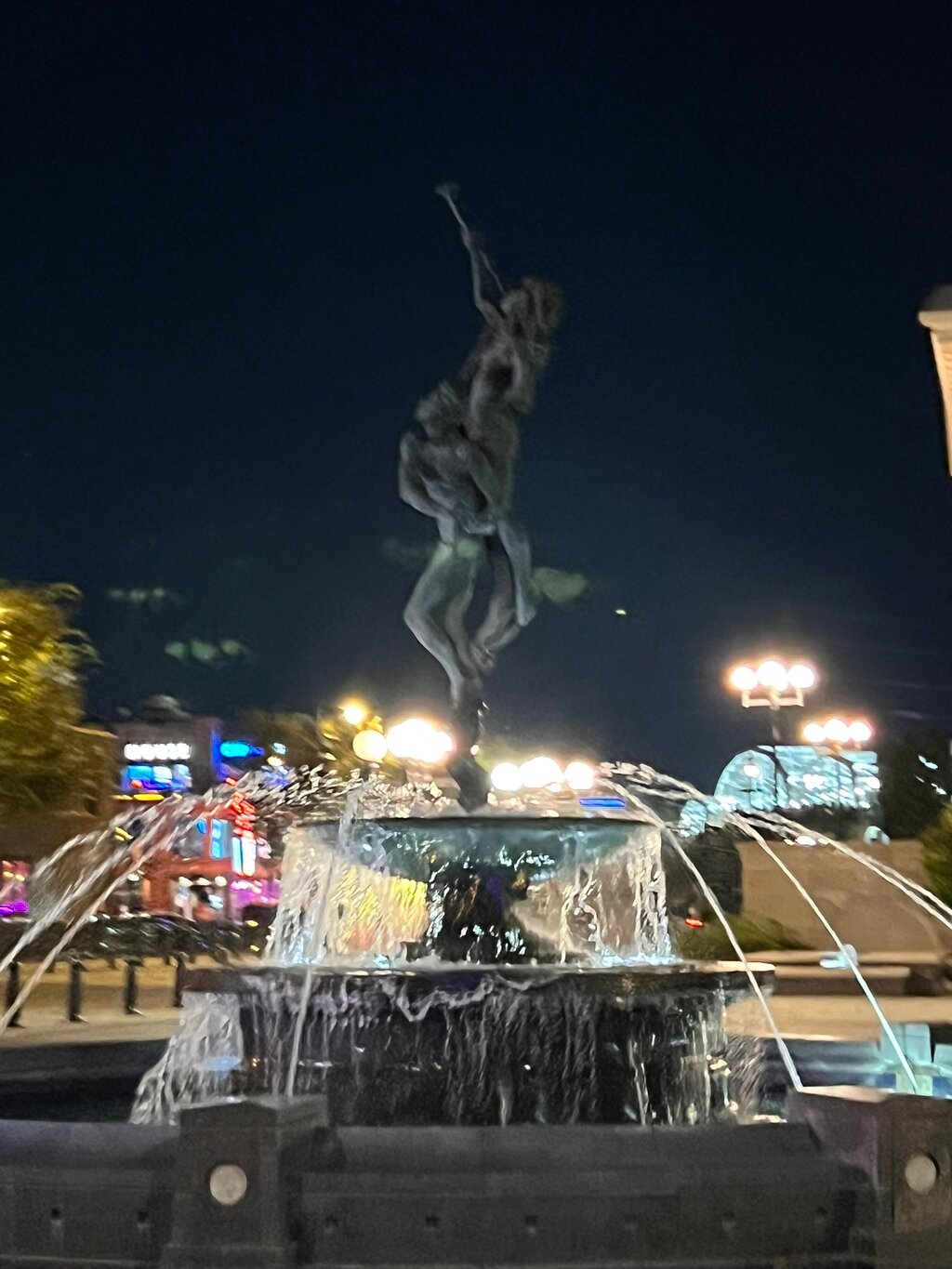
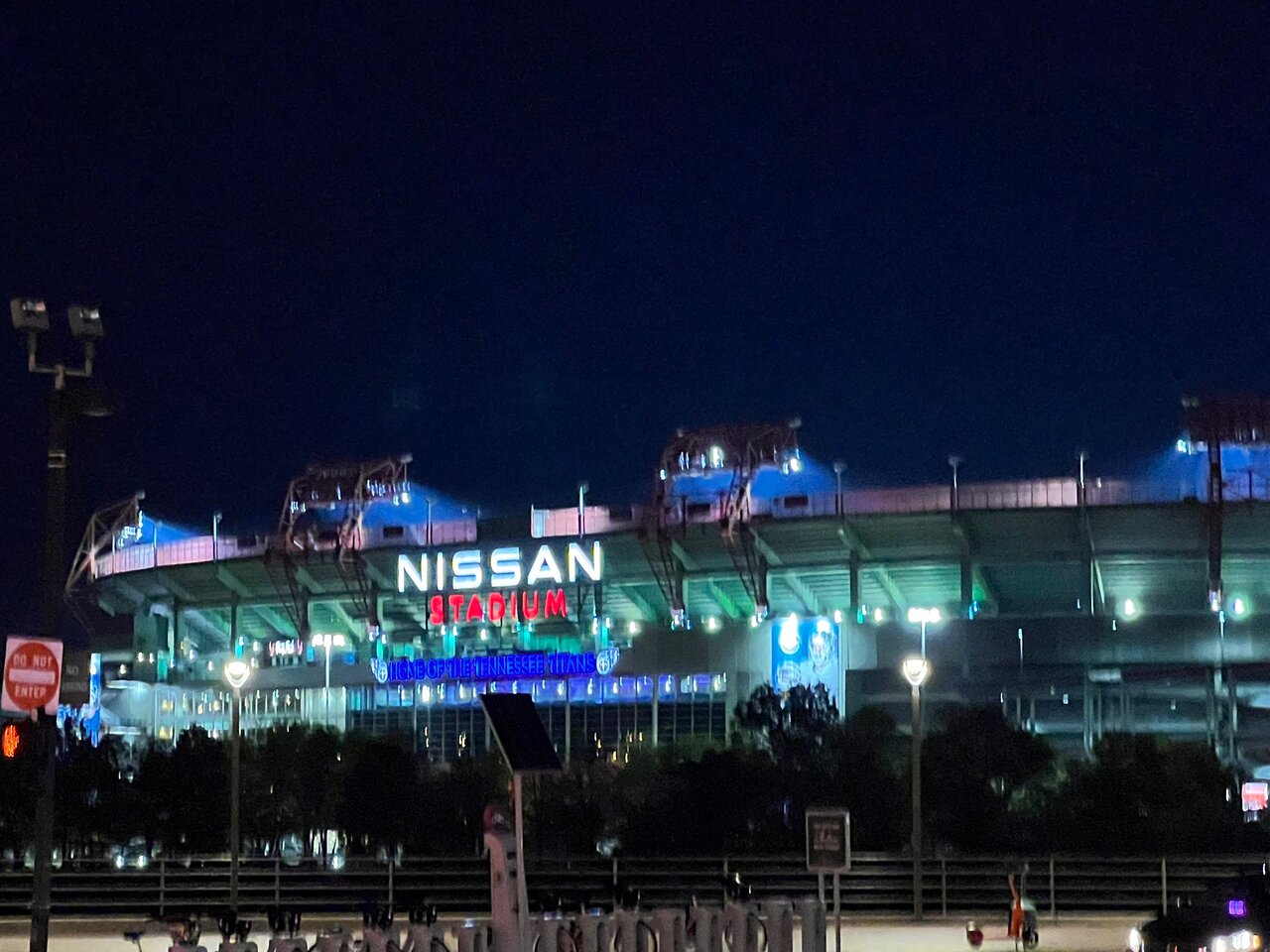






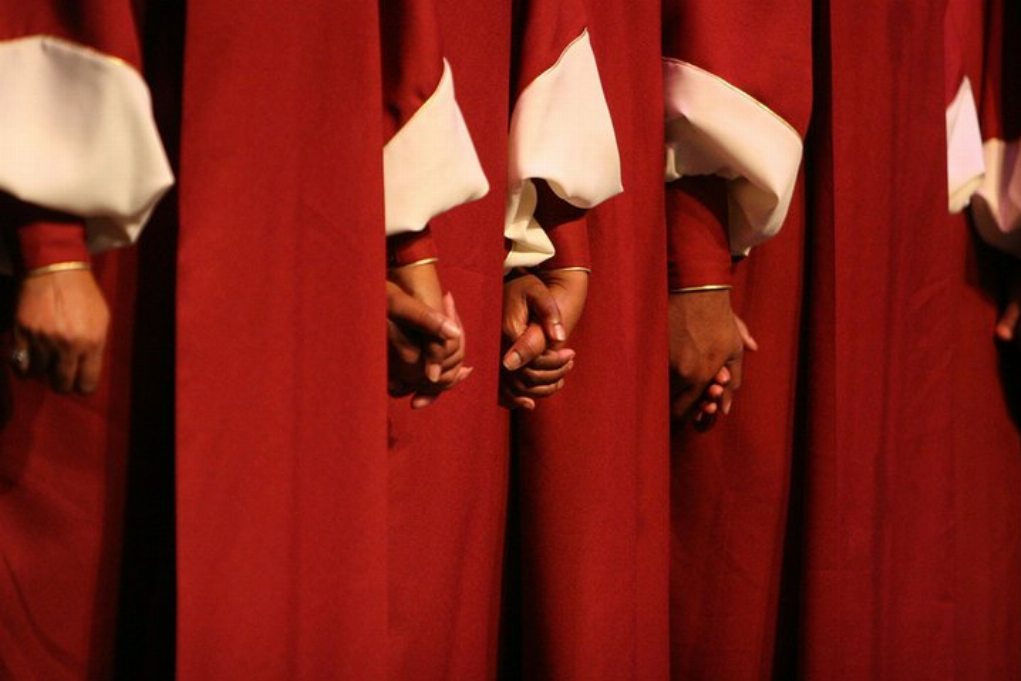

 Suite
Suite
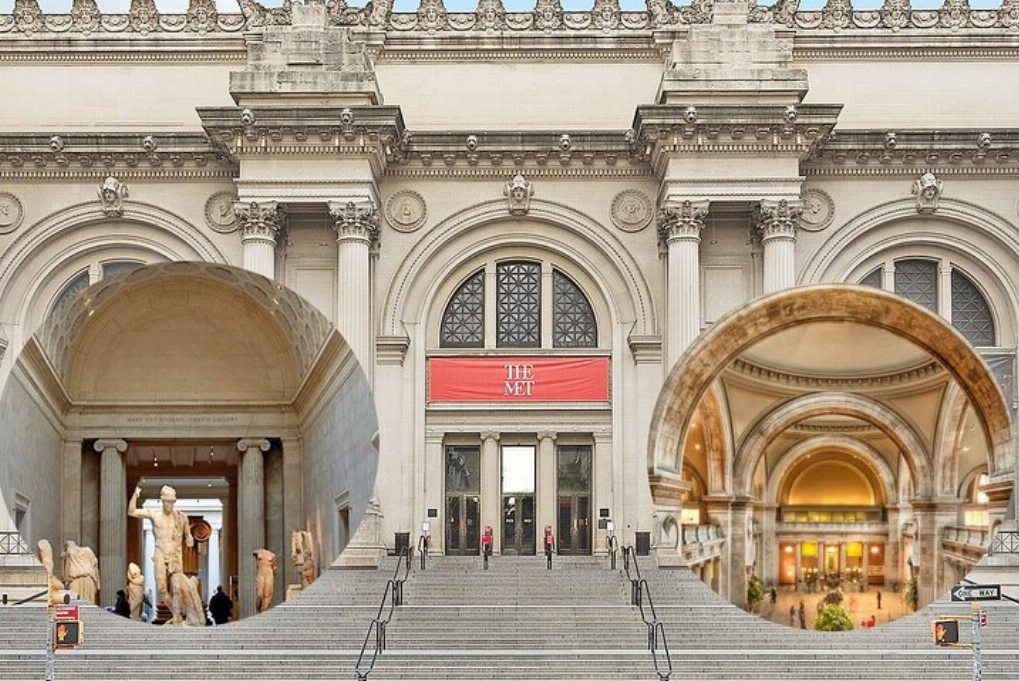
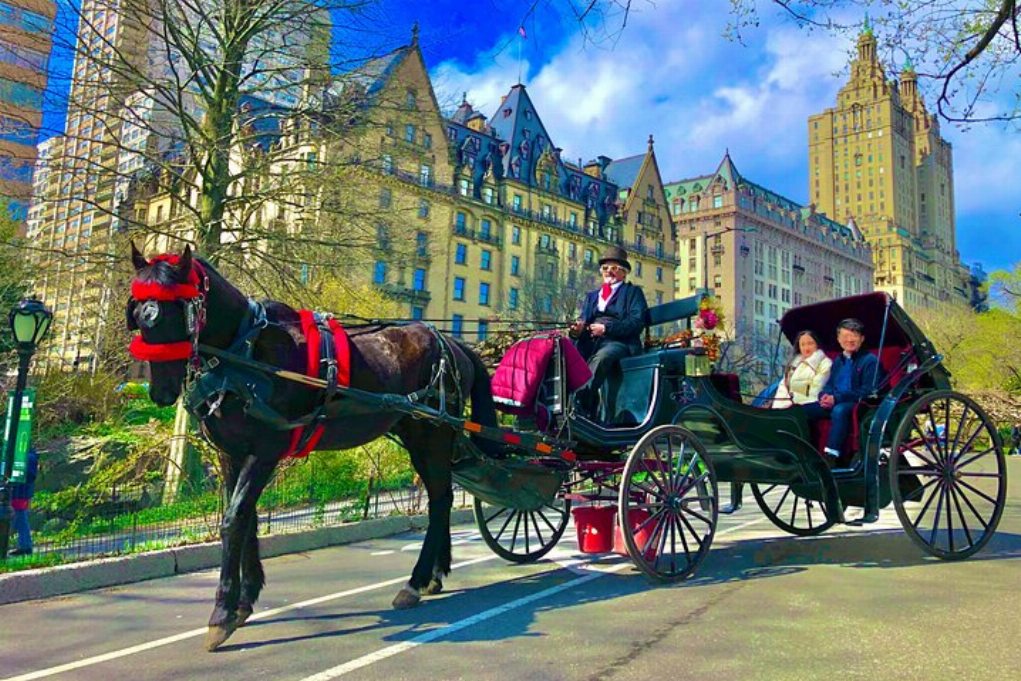
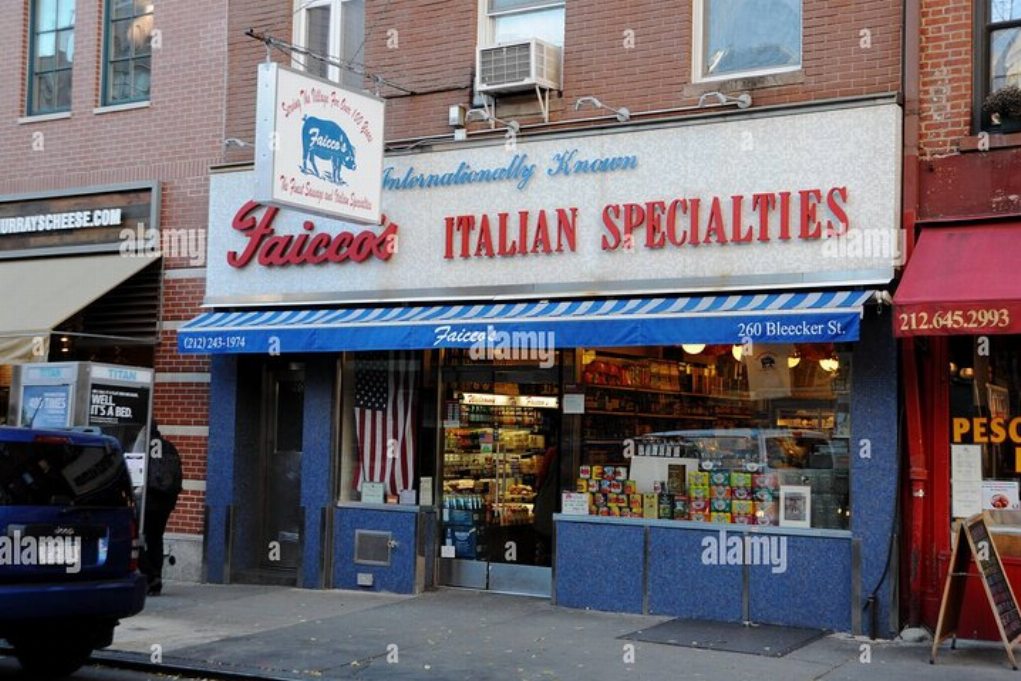
 Continuer avec Google
Continuer avec Google
 Continuer avec Facebook
Continuer avec Facebook
 Continuer avec Twitter
Continuer avec Twitter

